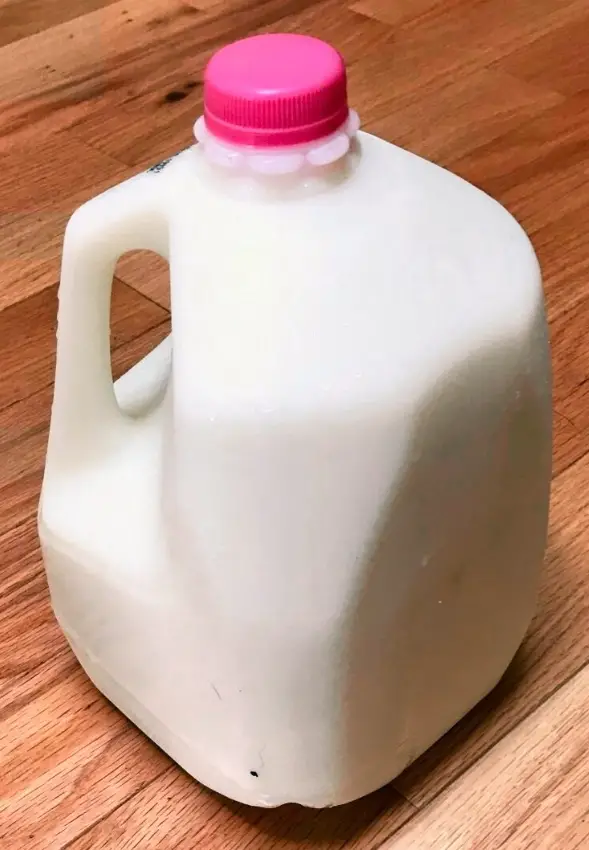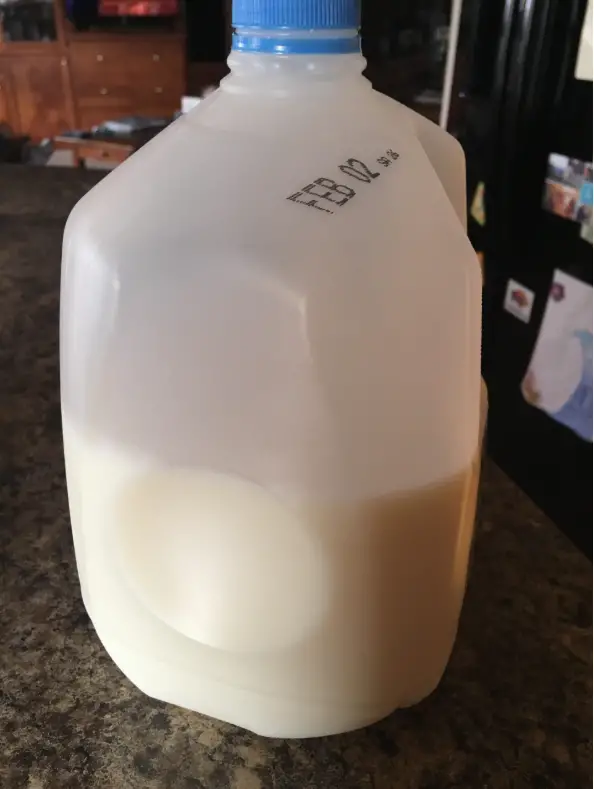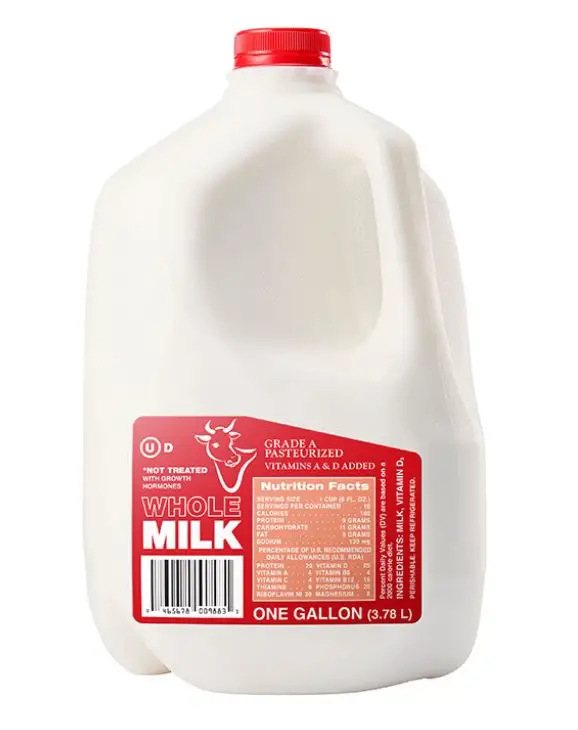I’m going to own up to it — I’ve stared at that little mystery dent on the side of a milk jug more times than I can count. You know the one. Perfectly round, a bit sunken in, sitting there like it knows a secret. And apparently, it does.
If you’re anything like me (and most people), you probably assumed it was just a quirk of the plastic molding process, or maybe even… decorative? But nope. That circular dent has a purpose. A smart one.
So grab your cereal, pour some milk, and let’s dig into the curious case of the milk jug dent.
Why There’s a Round Dent in the Bottom of Milk Jugs
That circular dent isn’t a manufacturing mishap or a cost-cutting fluke. It’s there for function, safety, and structural integrity. Here’s what it really does:
1. Buffer for Expansion Due to Pressure Changes
Let’s start with practicality: pressure.
Milk is perishable and must be kept cold. Like all liquids, it expands and contracts with temperature changes — say, from a warm delivery truck to a cold fridge. The round dent provides a flexible area that can push outward slightly when pressure builds.
Without it? The jug could swell, crack, or even burst — especially if frozen. That dent acts as the milk jug’s built-in stress relief valve.
2. Shock Absorption to Prevent Cracks
Ever dropped a jug of milk?
Exactly. The dent helps the jug absorb and distribute impact energy when dropped or jostled, reducing the risk of cracking and spillage. That’s a win for everyone — especially if you’ve ever had to mop up a sticky lake of spilled milk.
Even for manufacturers and retailers, fewer cracked jugs during transit equals less waste and better profit margins.

3. Structural Support With Less Plastic
Here’s where it gets really clever: the dent allows for structural strength without using extra plastic.
Like the ridges in a cardboard box or an architectural arch, the indent reinforces the jug’s wall. It keeps the jug sturdy without thickening the plastic, making it lighter, cheaper, and more sustainable.
Think of it as budget-friendly engineering magic — part geometry, part efficiency.
4. Spoilage Indicator (Yes, Really)
Now here’s the wildest part: The dent can help detect spoiled milk.
As milk spoils, bacteria release gases, which increase pressure inside the jug. When that happens, the dent may bulge outward — a possible (though not definitive) sign that the milk is no longer fresh.
So next time you see a puffed-out dent? Take a sniff. It might just be your jug’s way of saying, “Don’t drink me.”
Why a Circle?
Why not a square or triangle?
Simple: Circles distribute pressure more evenly. They lack stress points and sharp edges, making them ideal for handling pressure and impact. Plus, they’re easy to mold — perfect for mass production.
It’s form and function rolled into one little shape.

Other Hidden Milk Jug Design Details
While we’re geeking out on jugs, here are a few more things you probably never noticed:
- Handle holes aren’t just for grip — they also reduce plastic use while maintaining strength.
- Bumps at the base help the jug stay level, even on wonky shelves.
- Cap colors often indicate fat content — red for whole, blue for 2%, green for 1%, depending on your region and brand.
There’s a lot of thoughtful engineering packed into that humble jug.
Environmental Benefits: A Tiny Hero in the War on Waste
The dent isn’t just smart — it’s eco-smart.
By allowing for less plastic without sacrificing strength, the dent helps:
- Reduce plastic waste
- Make recycling easier
- Lower transport weight (which saves fuel)
So yes, this tiny design feature is doing its part for the planet.

Next Time You Pour a Glass…
Think about it: that little circle you never noticed is silently working to:
- Keep your milk fresh
- Prevent leaks and cracks
- Support sustainability
- Save the dairy industry billions
Wild, huh?
The circular dent is the unsung hero of your fridge. Always present. Never demanding credit. Just quietly doing its job — one jug at a time.
So, next time you’re at a party and the conversation stalls, drop this nugget:
“Did you know the dent in a milk jug can be used to detect spoilage?”
Boom. Instant attention.
You’re welcome.

